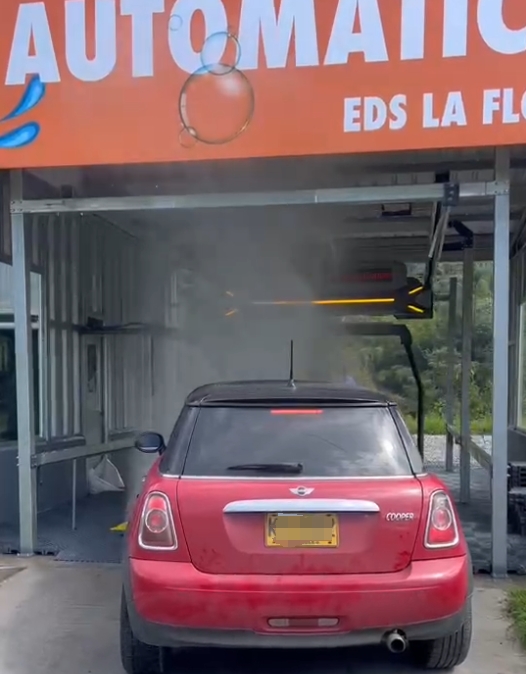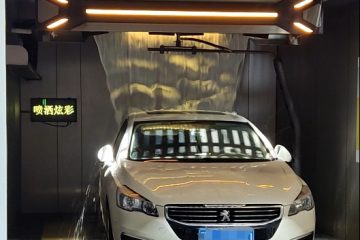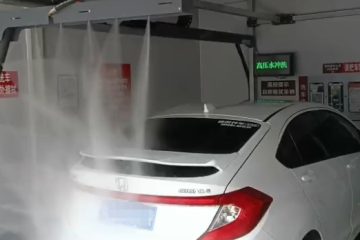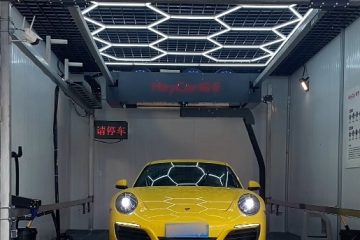The Philippines, with its tropical climate and often dusty conditions, boasts a thriving car wash industry. Designing an efficient and profitable car wash floor plan requires careful consideration of several factors unique to the Philippine context. This article outlines key elements to include in your car wash floor plan.

- Understanding the Philippine Context:
Climate: The hot and humid climate necessitates adequate ventilation and shading to prevent employee discomfort and equipment damage. Consider incorporating open-air elements while still protecting the wash bays from heavy rain.
Space Constraints: Land in the Philippines can be expensive and limited, especially in urban areas. Optimizing space usage is crucial. Vertical layouts or multi-level designs might be necessary depending on the available area.
Water Management: Water conservation is increasingly important. Design your plan with efficient water recycling systems to minimize water usage and comply with local regulations. Consider rainwater harvesting for non-potable uses.
Local Regulations: Before starting construction, thoroughly research and understand all relevant building codes, permits, and environmental regulations in your chosen location.
- Key Areas in Your Car Wash Floor Plan:
Entrance and Exit: A clear and well-defined entrance and exit are essential to manage traffic flow smoothly, preventing congestion and bottlenecks. Consider separate lanes for different services (e.g., self-service, full-service).
Wash Bays: The number of wash bays should be determined by your projected customer volume. Ensure sufficient space between bays for maneuvering vehicles and equipment. Consider the type of wash system (self-service, automated, or manual) and plan accordingly.
Pre-Wash Area: This area should include space for pre-soaking vehicles to loosen dirt and debris. Provide adequate space for vacuuming and tire cleaning before the main wash.
Drying Area: A dedicated drying area is crucial for a quick and efficient process. Consider using high-powered blowers or providing ample space for air drying.
Waiting Area (Optional): For full-service car washes, a comfortable waiting area for customers is a valuable addition, possibly incorporating shaded seating and Wi-Fi access.
Office and Staff Area: Include a separate office space for administrative tasks, record-keeping, and staff breaks. Ensure sufficient storage space for cleaning supplies and equipment.
Maintenance Area: A dedicated space for equipment maintenance and repairs is crucial to minimize downtime and ensure smooth operations.
Water Treatment and Recycling System: This is a critical element for environmental responsibility and cost-effectiveness. Plan for a suitable system based on the scale of your operation.
- Design Considerations:
Traffic Flow: Maximize efficiency by designing a smooth and logical traffic flow to minimize wait times. Consider using clear signage and lane markings.
Accessibility: Ensure the car wash is accessible to people with disabilities, complying with relevant accessibility standards.
Security: Incorporate security measures like CCTV cameras and adequate lighting to protect your equipment and property.
- Choosing the Right Car Wash System:
The Philippines sees a mix of car wash systems. Consider the following:
Self-Service Car Wash: Requires less upfront investment but relies on customer skill and efficiency.
Automated Car Wash: Offers a faster and more consistent wash but requires significant initial investment.
Manual Car Wash: Offers personalized service but is more labor-intensive and potentially slower. A hybrid approach, combining elements of each, might be the most practical solution.
By carefully considering these factors and adapting your car wash floor plan to the unique needs and conditions of the Philippines, you can create a successful and profitable business. Remember to consult with architects and engineers experienced in commercial building design to ensure your plan meets all regulations and requirements.




